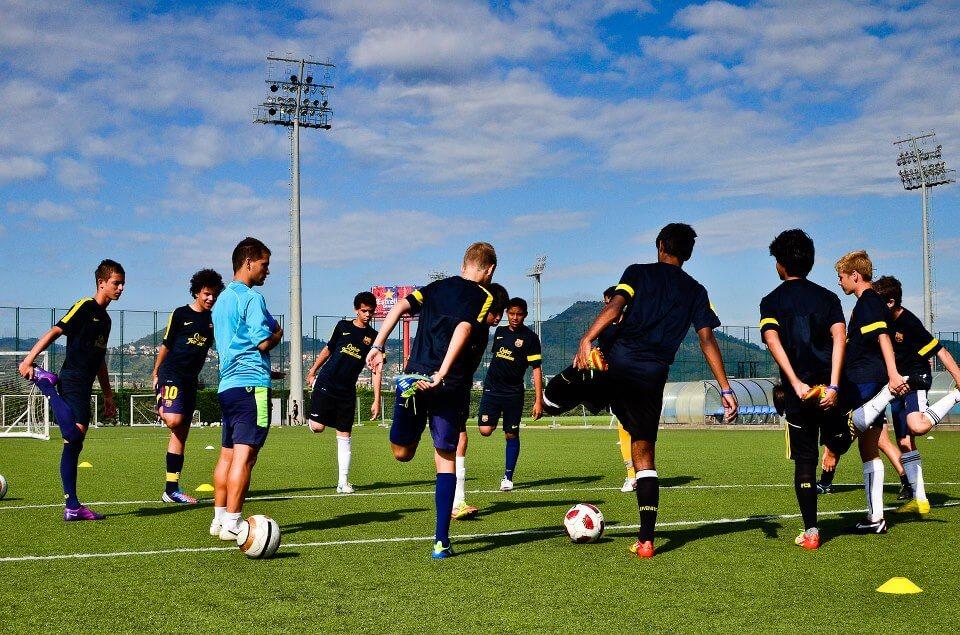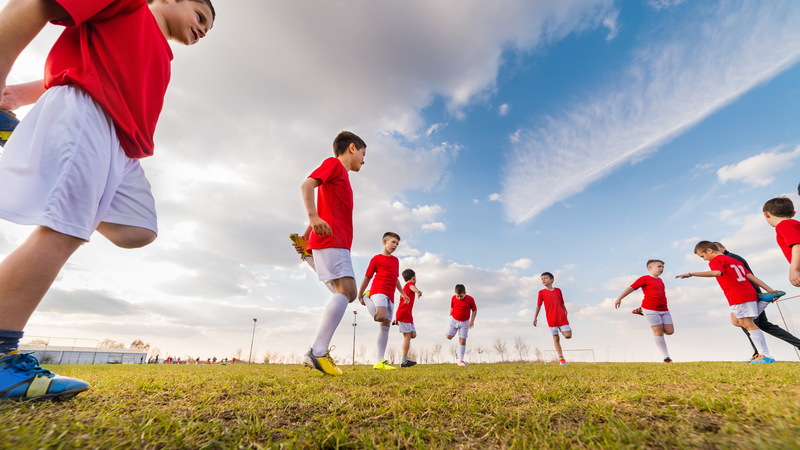At every level, having fun and winning are the two ultimate joys that come with playing soccer. However, player’s will notice the stress, strains and pain that comes with playing a game. Over the last few decades, developments in sports science has enhanced player’s understanding of how to maintain top shape, manage their bodies, and recover quickly from the intense movements that the game demands.
In the modern game, warm-up and cool-down drills are seen to play an integral part in player health. Essentially, a warm-up is a slow-pace, low-intensity physical activity, such as stretching. Warm-ups and cool-downs present numerous advantages to teams and players, especially when they are valued as an important component of a pre-game and pre-training routine.
Preventing Injuries

Considering the fast-pace nature of soccer, light cardiovascular exercises are important to ensure there is proper circulation throughout the body. This plays a major role in averting heart-related emergencies that can become more frequent while playing. Stretching exercises is another useful warm-up activity as it assists in easing tension in the body’s muscles and joints. Stretching allows the muscles to become warmer and better prepare them for use during practice and games. When one’s muscles are tight and suddenly put into action, injury problems, like hamstring strains, may occur. This stresses the importance of warming up prior to any physical activity.
Don’t Rush the Routine

Approaching warm-up routines systematically can ensure the player is loosening up all necessary parts of their body that will be needed while they play. Thereby, it is in a soccer player’s best interest to take their time as they go through warm-up drills as it will play a large impact on their performance during the game or practice.
The same goes with dieting, it is essential to consistently follow a routine that will allow the player’s body to be in peak performance during practice and games.
Doing the same thing over and again may get tedious, but scheduled routines are necessary for producing great athletes.
Cool-Downs are Great for Recovery
The body normally exerts a lot of energy throughout the entirety of a game, so it is important to gain back that lost muscle energy. Very physical soccer games tend to leave players feeling sore and fatigued, therefore an immediate cool-down is the first step to full recovery. One of the prime benefits of a cool-down is lowering a player’s heart rate. Furthermore, a proper cool-down will reduce a player’s odds of being burdened by Delayed Onset Muscle Soreness, which is the stiffness of muscles that set in after a day or two after exercise.
Cool-downs involve less intense activity and take less time than warm-ups, yet still involve similar drills like light jogs and stretches. Cool-downs will help player’s relax their muscles and prepare them for rest for the remainder of the day.
Following a strict routine gives the player the possibility of a long career without suffering any serious injuries.




